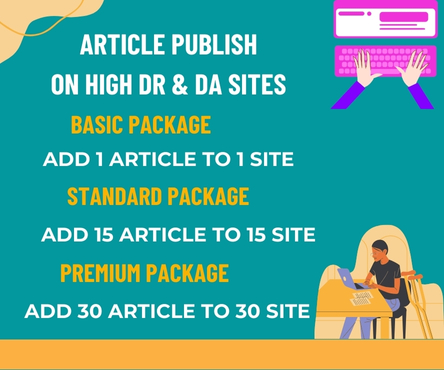Organ transplantation has long been a complex and challenging medical procedure, requiring precision, expertise, and timely decision-making. With the advent of advanced software solutions, the organ transplant process has undergone a significant transformation, improving patient outcomes, streamlining logistics, and enhancing the overall efficiency of transplant programs. In this article, we will explore the critical role of organ transplant software in modern healthcare.
The Challenges of Organ Transplantation
Organ transplantation involves a multitude of intricate steps, from donor identification and matching to recipient selection and post-transplant care. The process requires seamless coordination among various stakeholders, including healthcare providers, organ procurement organizations (OPOs), and transplant teams. However, the complexity of organ transplantation poses significant challenges, such as:
- Organ availability and matching: Finding compatible organs for recipients in a timely manner is a daunting task, given the limited availability of organs and the need for precise matching.
- Logistical coordination: Organ transportation, allocation, and implantation require meticulous planning and execution to ensure the organs are not damaged or delayed.
- Data management: The vast amount of data generated during the transplant process, including donor and recipient information, medical history, and test results, can be overwhelming to manage manually.
The Solution: Organ Transplant Software
Advanced software solutions have revolutionized the organ transplant process by addressing these challenges and improving the efficiency, accuracy, and outcomes of transplant programs. Organ transplant software offers a range of features, including:
- Donor-recipient matching: Sophisticated algorithms enable rapid identification of compatible organs, reducing wait times and increasing the chances of successful transplants.
- Organ tracking and allocation: Real-time tracking of organs ensures timely allocation and minimizes delays, reducing the risk of organ damage or loss.
- Data management and analytics: Comprehensive data management capabilities facilitate the storage, retrieval, and analysis of transplant-related data, enabling informed decision-making and improved patient care.
- Communication and collaboration: Secure, HIPAA-compliant platforms facilitate communication and collaboration among transplant teams, OPOs, and healthcare providers, ensuring seamless coordination and minimizing errors.
Benefits of Organ Transplant Software
The implementation of organ transplant software has numerous benefits, including:
- Improved patient outcomes: Enhanced matching and allocation processes lead to better graft survival rates and improved patient outcomes.
- Increased efficiency: Streamlined logistics and data management reduce delays and errors, optimizing the transplant process.
- Enhanced collaboration: Secure, centralized platforms facilitate communication and coordination among stakeholders, promoting a more effective and efficient transplant process.
- Data-driven decision-making: Advanced analytics and reporting capabilities enable data-driven decision-making, improving the overall quality of care and patient outcomes.
Conclusion
Organ transplant software has transformed the landscape of organ transplantation, addressing the complex challenges associated with this life-saving medical procedure. By leveraging advanced software solutions, transplant programs can improve patient outcomes, streamline logistics, and enhance the overall efficiency of the transplant process. As technology continues to evolve, the potential for organ transplant software to further revolutionize the field of organ transplantation is vast, offering hope for thousands of patients awaiting life-saving transplants.

